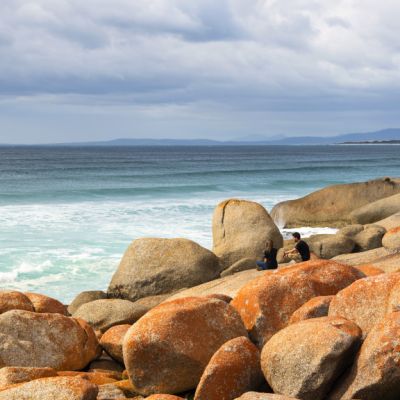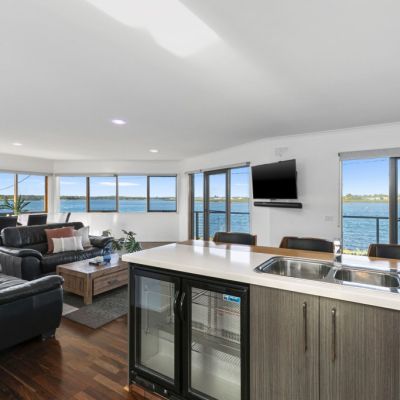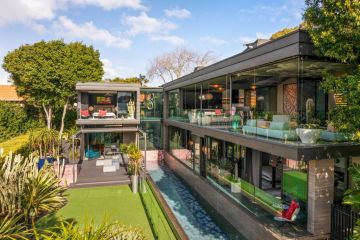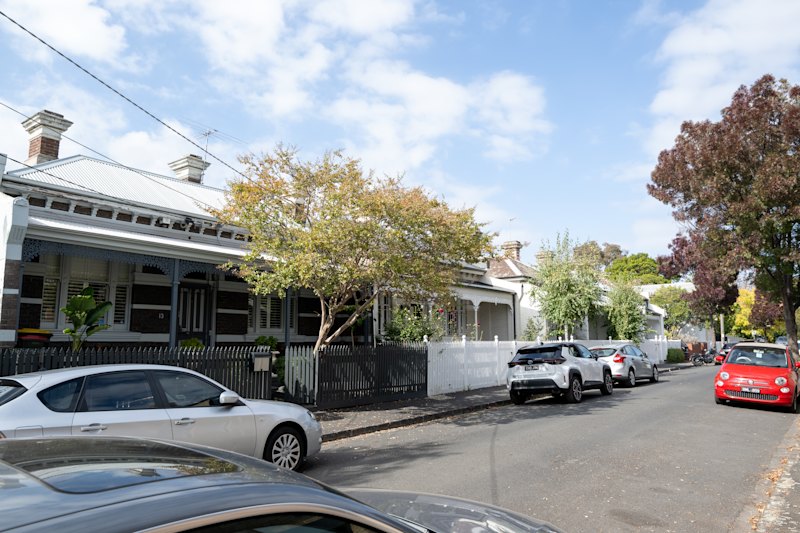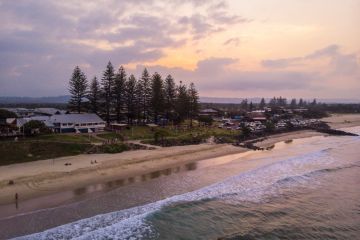Regional house prices jump amid tree-change effect, mining rebound
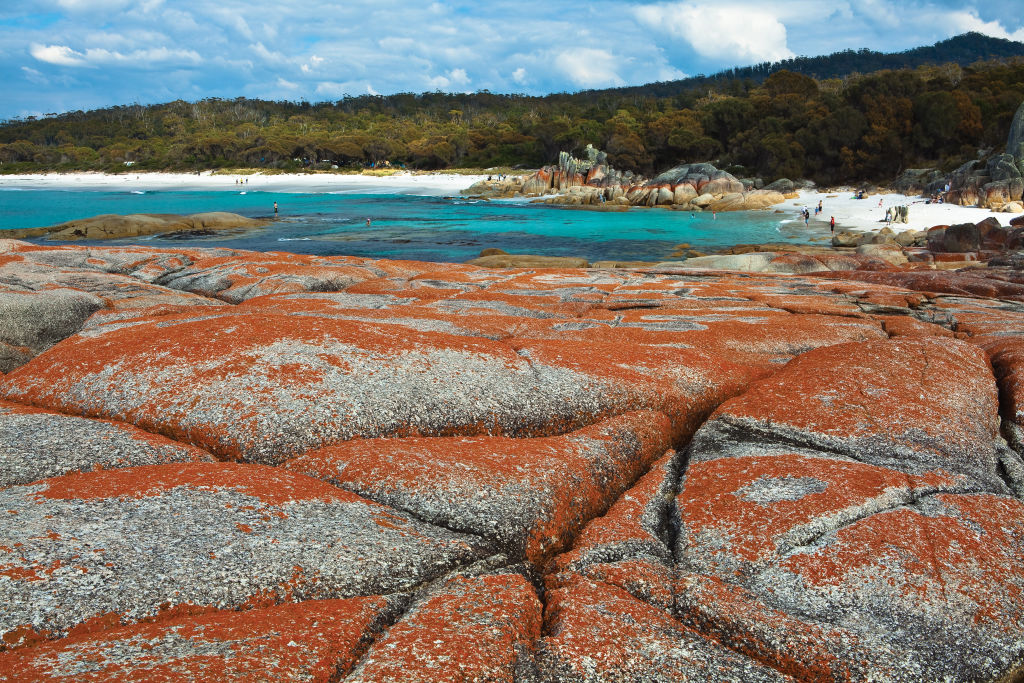
House prices in a string of Australia’s regional towns are poised to keep growing as the coronavirus pandemic prompts city dwellers to consider a lifestyle change.
Mining towns have also recorded strong house price rises and, with the resources industry considered essential, the growth may continue if more jobseekers move there.
It’s a stark contrast to the outlook for capital city prices, widely expected to fall as hundreds of thousands of workers lose jobs during the economic hibernation prompted by COVID-19.
Despite coming off a low base, several regional areas recorded double-digit house price growth, the March quarter Domain House Price Report found.
“This shift of people from capitals to regional areas, we were seeing it anyway as our capitals became overpriced,” Domain senior research analyst Nicola Powell said.
“But with everything COVID, we’re all taking the time to pause in our life … we’re looking at lifestyle, we’re looking at affordability and people may be more so looking to make that tree or sea change.”
Decentralisation of the workforce could come into focus as businesses realise that many staff members are able to work from home, cutting office costs, she says.
And with agricultural and mining areas likely to hold up better, those who have lost jobs in the city may move to these regions for work.
Mining towns are already rebounding as the resources industry starts to recover.
House prices in the Queensland local council area of Isaac, which includes coal mining town Moranbah, soared 34.1 per cent to $275,000 over the six months to March, compared with the six months to March 2019, the report found.
Queensland’s top house price rises, six months to March
| LGA | Median price | YoY |
| Isaac | $275,000 | 34.1% |
| Western Downs | $262,000 | 17.8% |
| Cassowary Coast | $320,000 | 16.4% |
| Somerset | $370,000 | 13.5% |
| Burdekin | $265,000 | 8.2% |
Source: Domain House Price Report, March quarter
House prices in Karratha, an iron ore town in Western Australia, jumped 29.2 per cent over the same period.
“The coal country heartland really suffered and had significant price falls post the mining boom,” Dr Powell said.
“What we’re seeing is a bit of a grasp back of some of the ground that was lost.”
Raine & Horne Moranbah’s Tabitha Camilleri says house prices in the area are rising because mining companies are putting workers back on.
“Probably from last year, things have greatly improved in the Moranbah region,” she said.
“Prices are higher in Moranbah [than neighbouring towns]. In saying that, I just sold a house in Middlemount [90 minutes’ drive away] for $250,000. That’s a record for the past seven or eight years.”
In New South Wales, the Murray River local government area has benefited from the tree-change effect and agricultural activity.
Prices in the area, which includes the border town of Moama across the river from Victoria’s Echuca, jumped 21.9 per cent to $420,000 in the six months to March, compared to the same time last year.
Regional NSW’s top house price rises, six months to March
| Median price | YoY | |
| Murray River | $420,000 | 21.9% |
| Nambucca | $440,000 | 12.8% |
| Inverell | $295,000 | 11.7% |
| Bellingen | $600,000 | 11.1% |
| Clarence Valley | $415,000 | 10.7% |
Source: Domain House Price Report, March quarter
Ruralco Property’s Andrew Miller has seen demand from tree-changers, retirees and local buyers.
“Echuca-Moama has been a really good growth area,” he said. “It’s been very positive, the market’s buoyant.”
He highlighted the area’s new schools, new shops, good restaurants and sporting facilities, and job opportunities in food processing and agriculture.
Although the region had a tough couple of seasons of drought, he was optimistic about a boost from recent autumn rains.
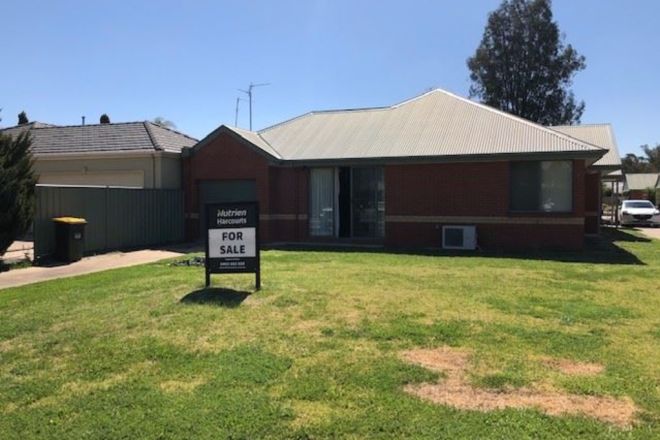
Regional Victoria’s biggest house price rise was in the Colac Otway region, which spans from Apollo Bay on the Great Ocean Road to the inland town of Colac.
Prices there lifted 17.5 per cent to $440,000 for the March half, compared to the same period a year earlier.
Regional Victoria’s top house price rises, six months to March
| Median price | YoY | |
| Colac Otway | $440,000 | 17.5% |
| Glenelg | $303,500 | 14.1% |
| Swan Hill | $319,500 | 14.1% |
| Warrnambool | $395,000 | 11.7% |
| Ballarat | $425,000 | 10.4% |
Source: Domain House Price Report, March quarter
Darren Brimacombe of Great Ocean Road Real Estate said before the coronavirus outbreak, most buyers of Apollo Bay homes were Melbourne dwellers looking for lifestyle properties they could also let out as holiday rentals.
Now, there are fewer transactions but they are mostly from purchasers hoping to make a permanent move out of the capital.
“They’re looking to get away from city life and maybe make a lifestyle change on the back of COVID-19,” he said.
“Obviously since COVID-19 no-one’s travelling. It’s [the holiday rental market] just fallen out of the sky.”
Aside from the wish for a more relaxed lifestyle near the water, the value is clear: a budget of $500,000 to $600,000 will buy a three to four-bedroom home in the town, although prices are higher for those properties with views.
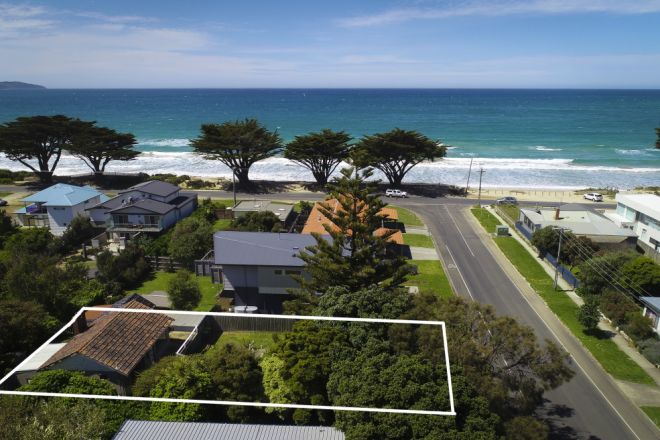
Tasmania’s relative affordability has also been drawing big-city buyers for years.
Four regions in the state clocked house price growth of more than 20 per cent in the period: George Town north of Launceston, Break O’Day in the north-east, Huon Valley south-west of Hobart, and Brighton on the northern edge of Hobart.
Tasmania’s top house price rises, six months to March
| Median price | YoY | |
| George Town | $267,500 | 27.4% |
| Break O’Day | $355,000 | 25.7% |
| Huon Valley | $420,000 | 21.4% |
| Brighton | $358,500 | 20.3% |
| Glamorgan-Spring Bay | $418,000 | 18.6% |
Source: Domain House Price Report, March quarter
The market was tracking well until the pandemic in St Helens, a popular holiday spot in the Break O’Day local government area, according to Nereda Ball of LJ Hooker St Helens.
“Up until the coronavirus we had a very robust market here. Sales were happening a lot, we were in a really good spot,” Ms Ball said.
“Now, obviously, this has changed things quite dramatically.”
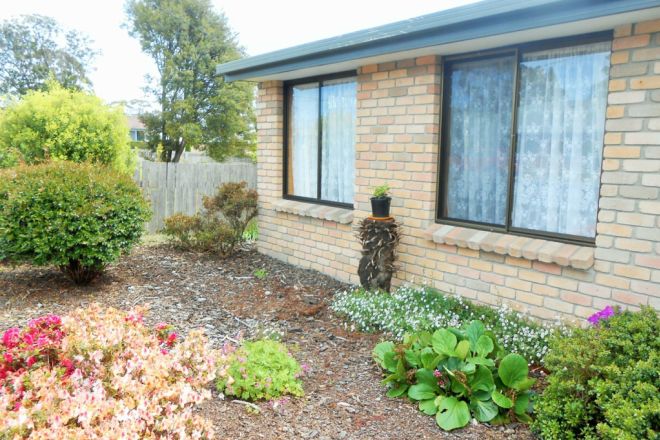
With buyers traditionally coming from the mainland as well as elsewhere in Tasmania, she had previously been offering virtual tours to potential buyers at a distance, but now was using them even more.
With a three-bedroom house selling for anywhere between $300,000 and $350,000, retirees, investors and owner-occupiers are all drawn to the area.
“There’s more expensive houses and there’s some slightly cheaper,” she said.
“Certainly the average price has come up in the past couple of years.”
We recommend
We thought you might like
States
Capital Cities
Capital Cities - Rentals
Popular Areas
Allhomes
More
